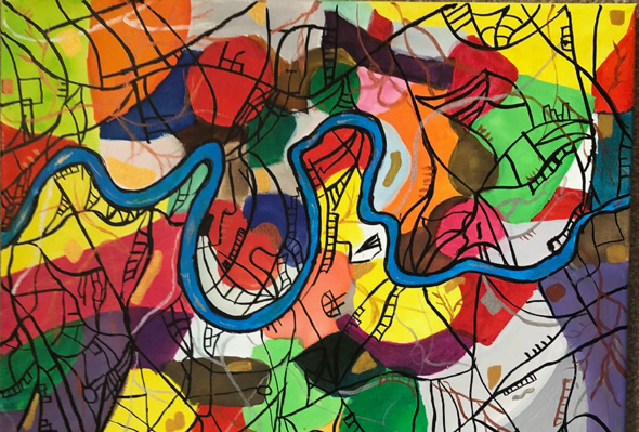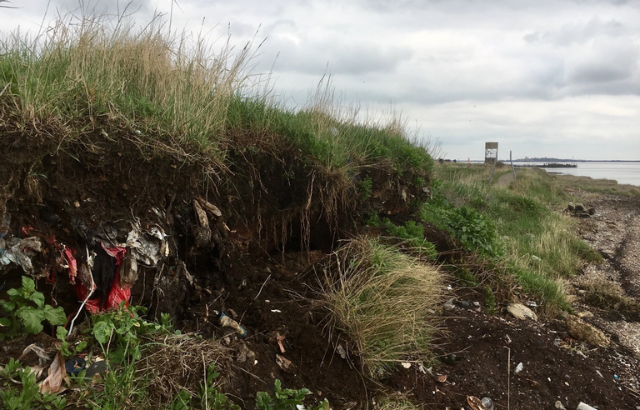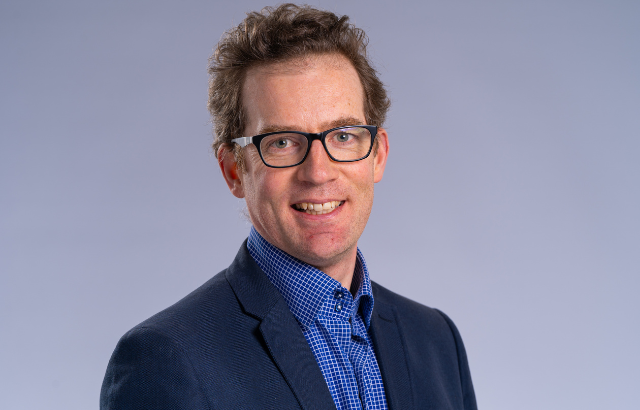New report calls for policy change to sustain and nurture artistic talent
Policymakers must help the creative sector to recover from the long-term impacts of Covid-19, according to newly published research on how the pandemic affected individual artists and the wider cultural economy.

As the cost of living crisis leaves many in the UK’s creative sector hit hard by rising overheads and reluctant audiences, while delays in Arts Council England funding create further uncertainty, a new report from Queen Mary University of London calls for policy change to sustain and nurture all kinds of artistic talent.
Researchers conducted in-depth interviews with practitioners of both visual and performance art, using their personal experiences of working through the pandemic to understand long-term impacts on the creative sector and make policy recommendations that will support its recovery.
The research shows how deeply Covid-19 disrupted not just the lives of individual artists but the creative ecology of the entire country. An already precarious sector faced a crisis as work was cancelled, events were postponed, and opportunities in a largely freelance economy fell away.
Lead researcher Professor Alison Blunt, founding co-director of Queen Mary University of London’s Centre for Studies of Home, explained: “Artists’ responses to the pandemic varied widely, but it was an anxious and difficult time for most, and many were forced to do other things to get by. However, the pandemic also presented new opportunities for creative reflection, as the pace of life slowed down, and the global crisis put ongoing societal challenges into sharper focus.”
The research details how the pandemic has often intensified artists’ focus on other issues, from global challenges like the climate crisis and Black Lives Matter movement, to local inequalities and environmental problems recently reported in another publication from the project.
Research participants reported different levels of stress during the pandemic, and some experienced a loss of creativity, particularly during the first lockdown. While some were used to working from home, others struggled without access studio space or specialist equipment.
Dr Eithne Nightingale, Postdoctoral Researcher at Queen Mary University of London, commented: “For some artists, the pandemic led them to diversify practice, try new things, use alternative technologies and media, be creative in unfamiliar spaces, and disseminate in different ways. The past few years may come to be seen as a unique moment of significant artistic innovation where creativity became a powerful way of confronting and responding to a complex public health crisis.”
Professor Blunt and the wider research team are calling for policy interventions on four key issues, to support individual creative practitioners and the wider cultural sector:
- More accessible and flexible funding schemes, and advice on employment opportunities in similar or related fields, particularly for freelance workers – both while emerging from the Covid-19 pandemic but also during future crises.
- Support for the mental health and wellbeing of artists from diverse backgrounds, given their increasing insecurity and vulnerability in a fast-changing world.
- Recognition of, and support for, the powerful role of art in addressing inequalities highlighted by the pandemic and contributing to social justice.
- A review of housing needs alongside those of working/studio space, particularly for less established creative practitioners.
Professor Blunt concluded: “It’s clear from the testimony of our research participants that material changes and direct support are needed, in order to build more inclusive and supportive creative networks, so that we can sustain and nurture all kinds of artistic talent beyond the pandemic.”
Professor Alastair Owens, Project Co-Investigator at Queen Mary University of London, added: “As our creative communities heal, there are opportunities to build back better, by addressing some of the needs of a precarious sector and learning from the pandemic. New creative and collaborative ways of working that became the norm under Covid-19 restrictions can now offer inspiration for the future.”
To read the newly published report, and find out more about the wider research project, go to www.stayhomestories.co.uk
Related items

10 December 2024

13 November 2024

28 August 2024